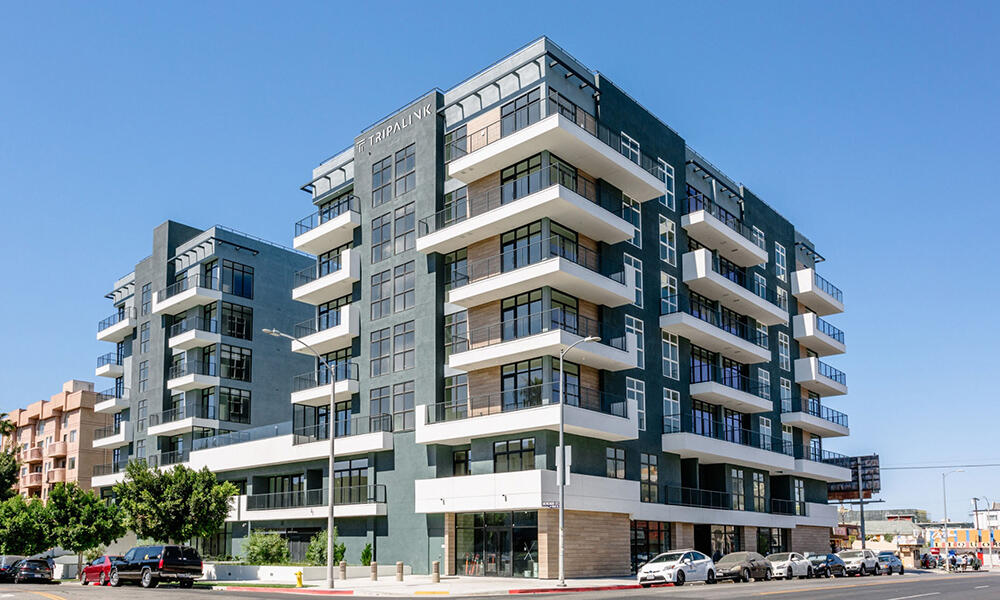
As one of the leading tech-driven co-living and residential property operators, Tripalink is currently managing about 4,200 bed space of co-living properties and centralized traditional apartments in Los Angeles, Seattle, Pittsburgh, Philadelphia, Austin, and Tucson, providing quality and community-like living experience for Gen-Z and younger Millennials.
The COVID-19 pandemic has convulsed the residential real estate market in urban areas, resulting in a higher-than-normal vacancy rate for many properties. However, Tripalink, a tech-driven, coliving and residential property operator, has helped its property development partners achieve an average of 98% occupancy rate by quickly pivoting marketing and leasing strategies and utilizing dynamic pricing and data analysis to capture more potential tenants.
The following report compiles Tripalink’s insights on the strategies adopted to thrive in the post-pandemic world. Additionally, it explores the urgency for the rental market to integrate technology in their daily operation to increase efficiency. Lastly, it explains how the coliving & rental market’s demand have changed due to COVID.
The pandemic has uncovered an underlying fundamental issue in the operational management of the coliving and rental market. Currently, the market is missing a highly adequate and efficient property operator to shorten the leasing cycle, increase ROI, and boost the property’s appraisal value for the developer. Therefore, regardless of various collaboration methods, whether master lease or fee-based property management, partnering with a proficient operator to achieve goals and find desirable rental products are the new keystones for real estate developers to survive and stand out, especially in these present times.
Download the report below to access our full findings on the importance of using technology to build residential property branding in the post-pandemic world and discover our suggestion on how to reposition coliving products in the post-COVID world.



